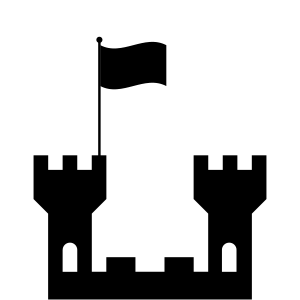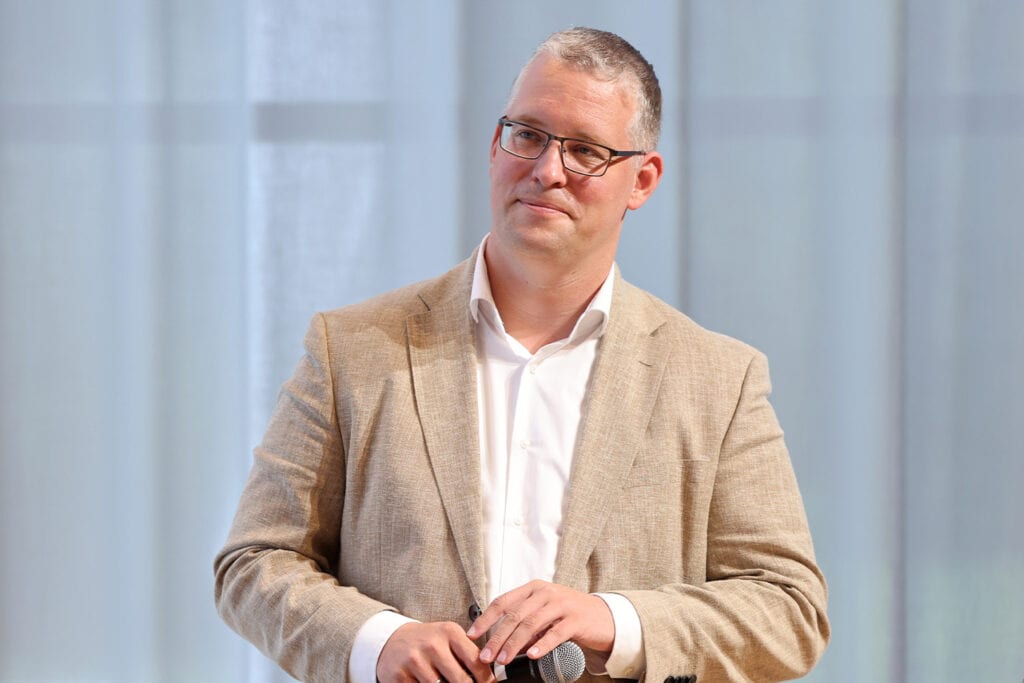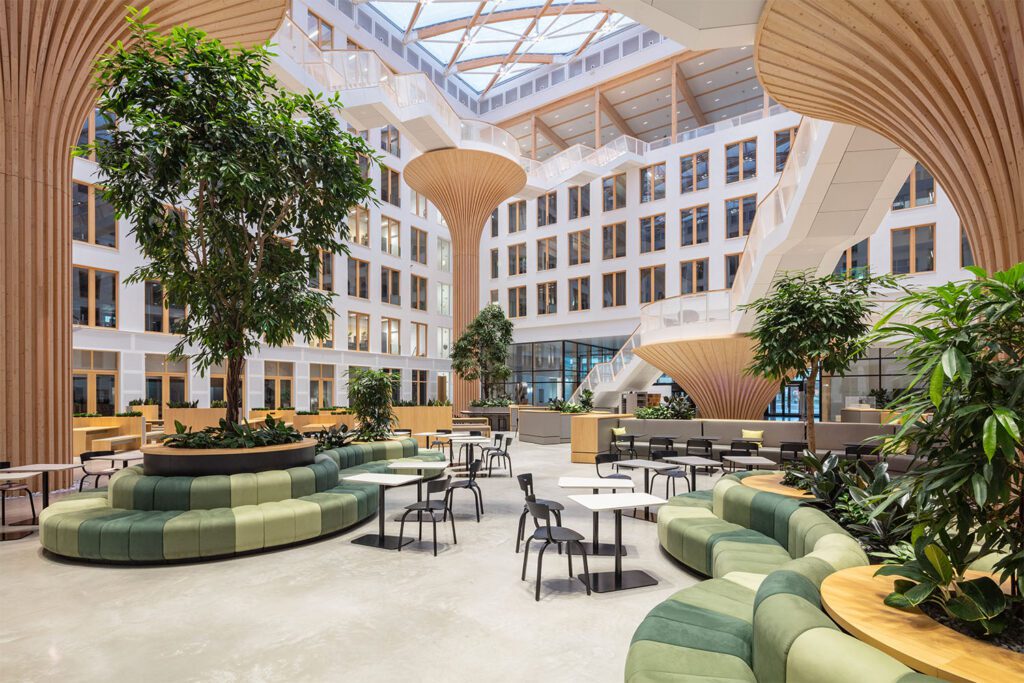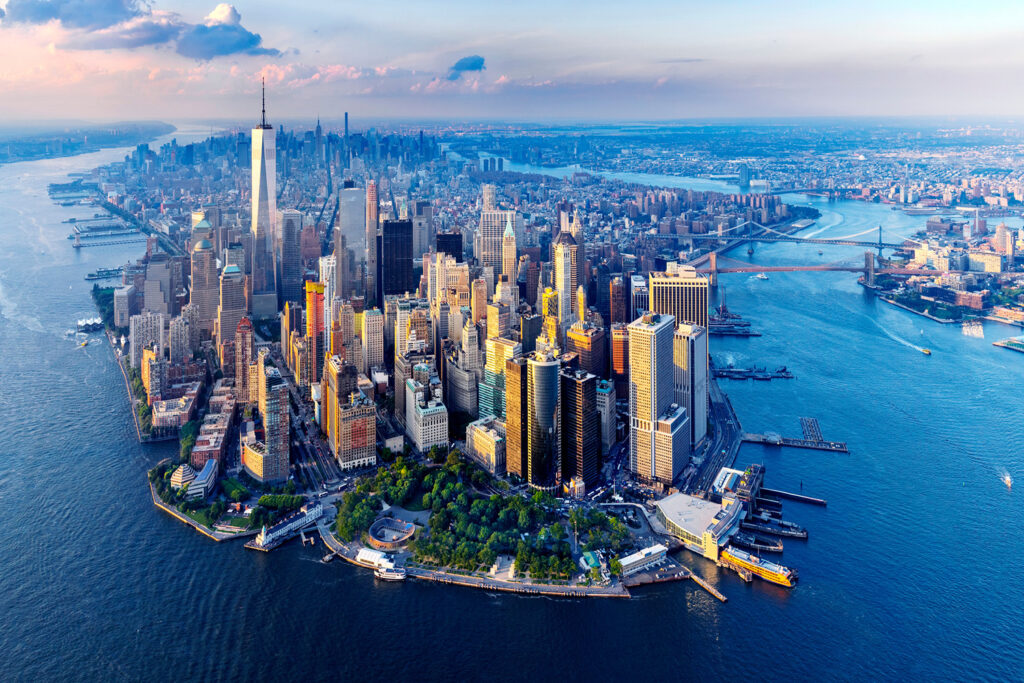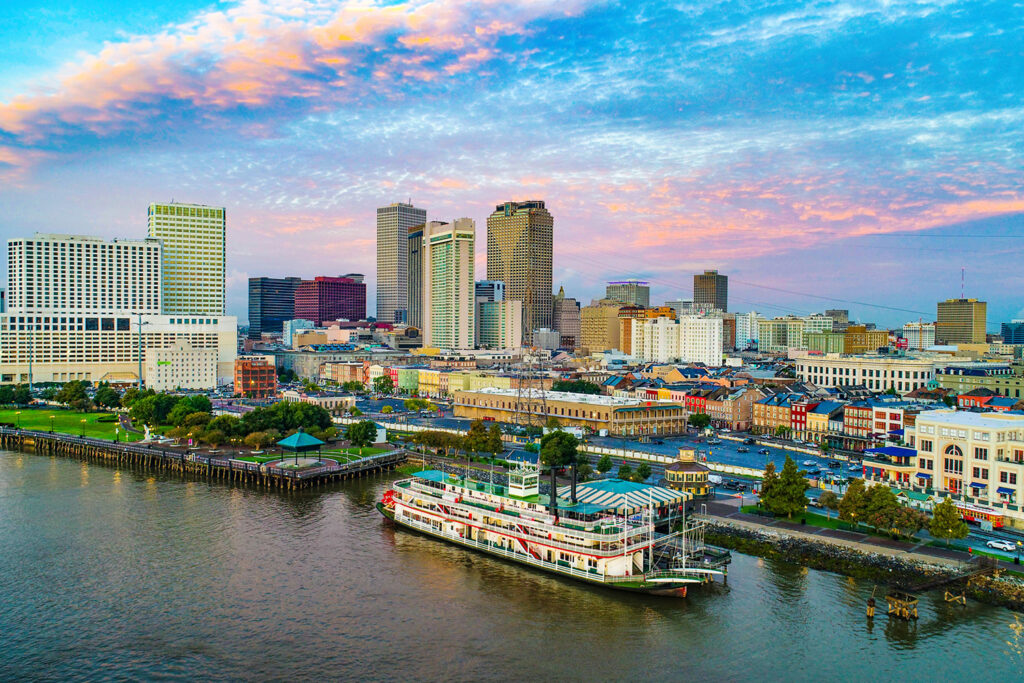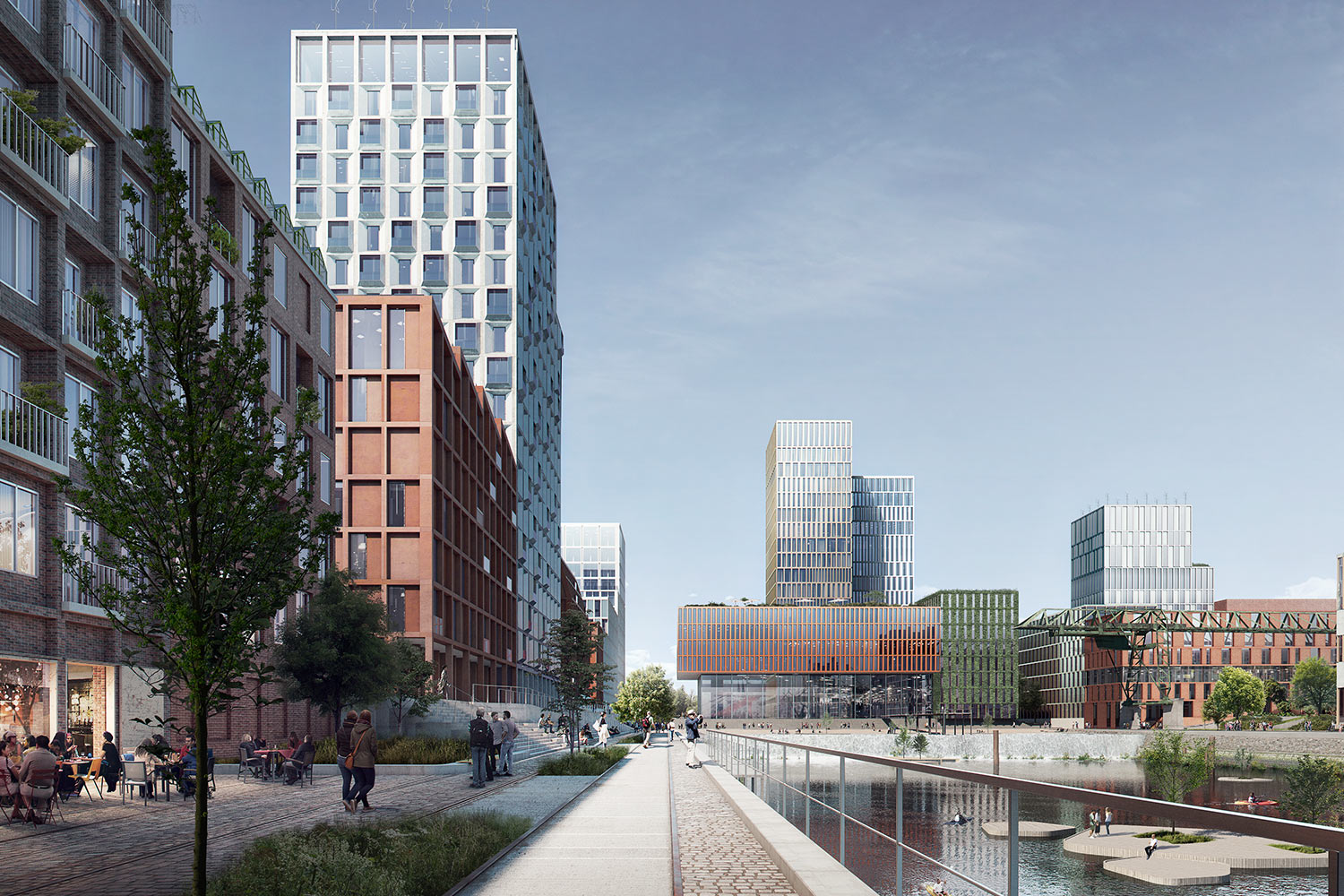
A brownfield site with green ambitions
Deutzer Hafen
Cologne, Germany
Project details
Client
Stadt Köln/moderne stadt
Architect
Cobe
Collaborator
Transsolar
Duration
2016 – Ongoing
Services provided by Buro Happold
Deutzer Hafen is a regeneration initiative that will bring sustainable and resilient 21st century living to a former industrial area in Cologne in Germany.
A short distance across the River Rhine from the city’s historic centre, the ambitious scheme will transform the disused former docklands landscape into a vibrant place to live and work.
With the harbour and its industries in decline, the Deutzer Hafen district has become a Stranded Asset, remaining untouched for many years, despite its considerable potential and prime central location. The anticipated cost of cleaning up the former industrial site together with a focus on growth in other urban areas, meant regeneration had to be put on hold. However, the City of Cologne’s recent focus on making more effective use of brownfield land inspired renewed interest in the site’s potential.
Challenge
The Deutzer Hafen site housed a series of diesel fuel storage facilities before and during the Second World War. These were destroyed by bombing, dispersing the fuel into the ground, polluting the soils and meaning the land required significant remediation work before development could take place. This complex process, together with concerns around the potential for flooding given the riverside location, left the area undeveloped for generations, and largely filled with redundant industrial and low value brownfield uses such as scrapyards.
With the city continuing to thrive and the associated need for housing the City of Cologne has an ambition to regenerate the 370,000m² plot into an attractive mixed-use development, providing 3,000 new apartments for 6,900 people and modern workplaces for another 6,000 people.
Working with architects Cobe and moderne stadt – the public sector development wing of the City of Cologne – we have developed an ambitious masterplan, which will transform the district over the next 25 years, along similar lines to the Hafencity in Hamburg. Buro Happold has been engaged as lead consultant, advising on sustainability, process integration and district certification for the project.
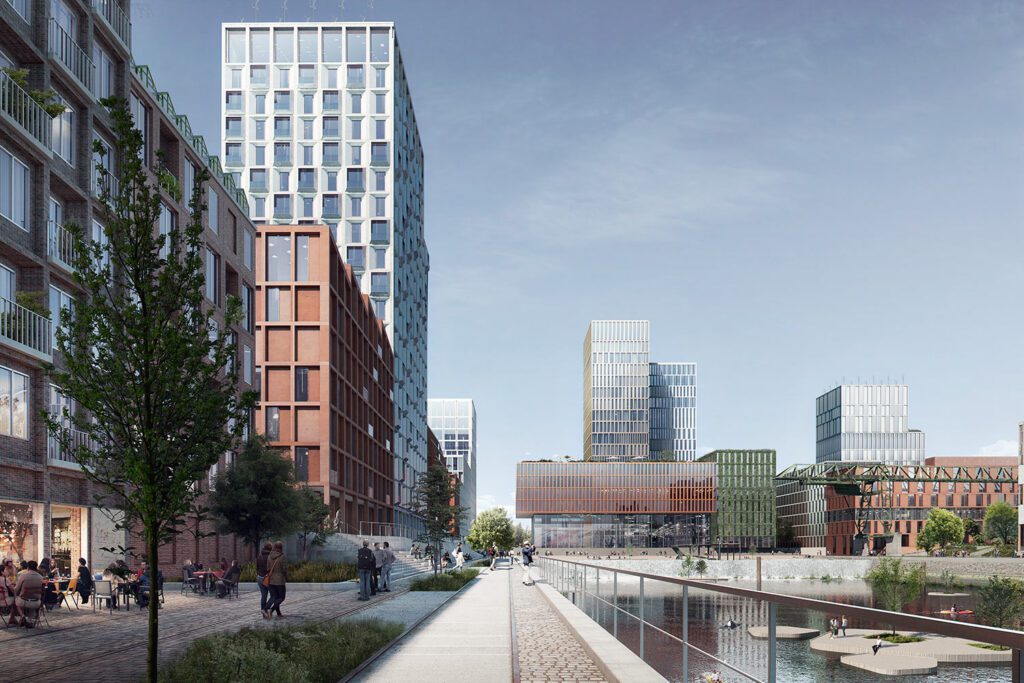
Solution
The urban framework for the Deutzer Hafen site is designed around a series of public spaces with historical traces, envisioned to create a sense of place, leisure and activity, including a network of cycle paths, new bridges and a diverse range of building types to reflect the area’s heritage.
Our experts initiated and produced a Sustainability Handbook, in order to communicate clearly the sustainability ambitions of the scheme to all stakeholders. The aim is to make this a low carbon project, in line with Cologne’s goal to be a carbon neutral city by 2050. Cologne was the first major city in Germany to declare a climate emergency in 2019.
The handbook outlines a sustainability strategy built around five guiding principles – climate change, living quality, mobility change, energy transition and resource efficiency. The development will be shaped by the 15 United Nations’ Sustainability Development Goals (SDGs) that impact urban development.
Flood risk may have been one of the initial concerns, given the riverside location. But our team has carefully analysed the data, and even taking global warming into account, we have been able to demonstrate that significant flooding at the Deutzer Hafen site would likely be a once in a 100-year event. Nevertheless, given the dynamic nature of the Rhine, flood resilience has been carefully factored into the design scheme for the project – with areas most at risk being given over to bicycle storage and parkland.
Streetscapes and public spaces will be shaped to mitigate and contain the flow of water. A wetland park will also be incorporated to act as a natural rainwater filter. Rainwater will be collected and handled in a local system of visible drains, retention basins and natural biotopes. The public areas act to absorb excess rainwater and to provide diverse and green spaces for residents.
After the rainwater is filtered, it ends up in the new harbour pool. The rainwater runs from the pool into the harbour, creating a waterfall – which itself will become a visual focus for the development.

Value
The project will see the sustainable development of the 37-hectare site over the next 25 years, but even in its planning phase it is already winning awards – including a pre-certificate platinum award from DGNB, the German Sustainable Building Council, which noted the planned development’s strengths in terms of economic regeneration, ecological consideration, technical process and social culture qualities.


